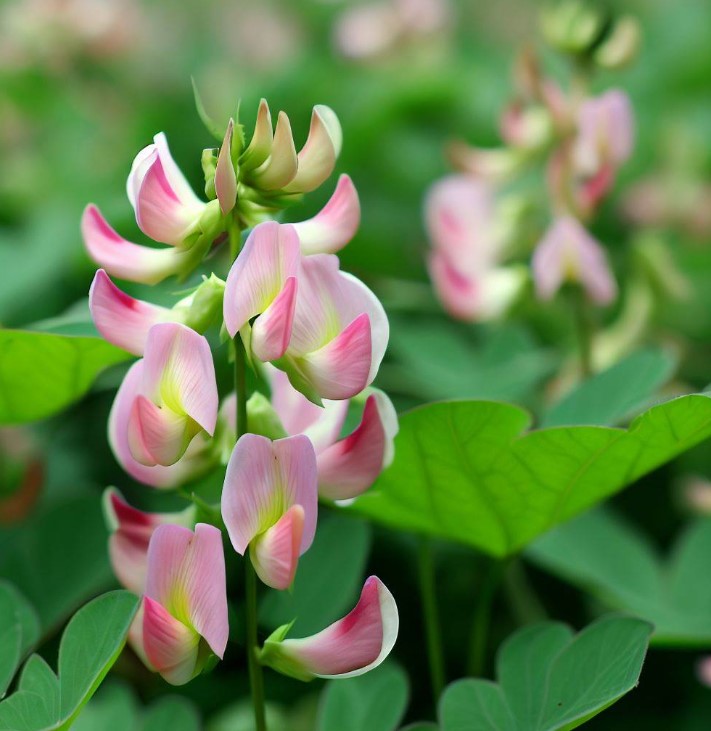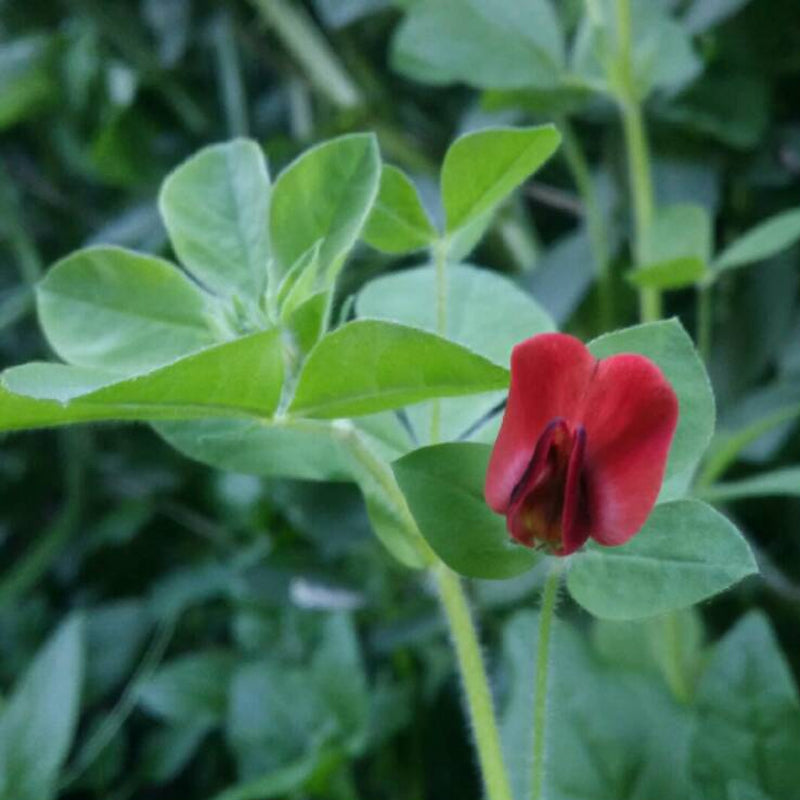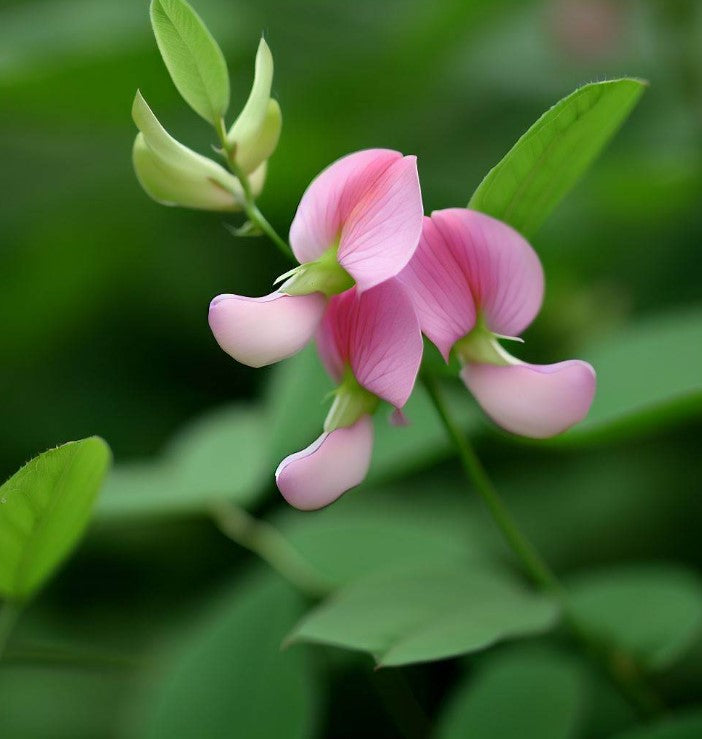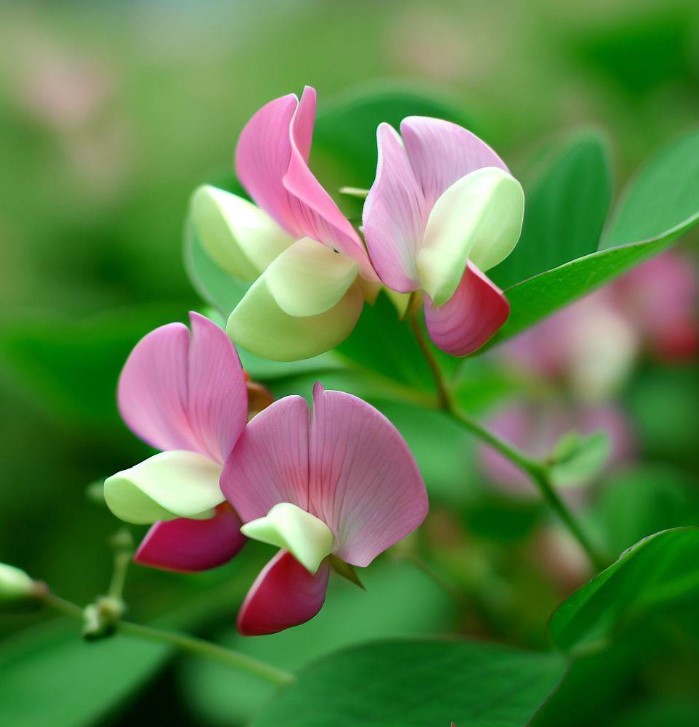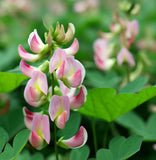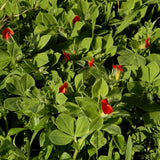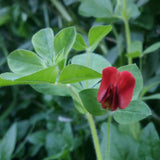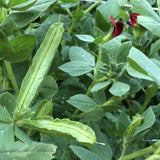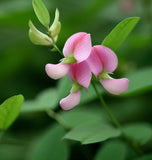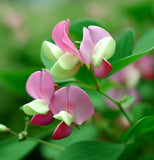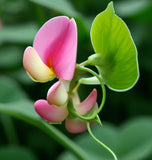Lotus tetragonolobus (Squarepod Deervetch)
Lotus tetragonolobus (Squarepod Deervetch) is a flowering plant in the Fabaceae family. It is native to parts of Europe and western Asia. Appearance: Squarepod Deervetch is a herbaceous annual or biennial plant that typically grows up to 1.5 feet (0.5 meters) in height. It has a sprawling or climbing habit, with stems that may be hairy or smooth. The leaves are compound and divided into three leaflets, similar to clover leaves. The flowers are small, typically yellow or orange in color, and arranged in clusters. The distinctive feature of this plant is its square-shaped seed pods, which give it the common name "Squarepod Deervetch."
Habitat: Squarepod Deervetch can be found in a variety of habitats, including meadows, grasslands, roadsides, and disturbed areas. It prefers well-drained soils and is often seen in sandy or gravelly soils.
Ecological Importance: Squarepod Deervetch is a nitrogen-fixing plant, which means it forms a symbiotic relationship with bacteria in its roots to convert atmospheric nitrogen into a usable form for plants. This ability helps improve soil fertility. The flowers of Squarepod Deervetch attract pollinators, such as bees and butterflies, contributing to the overall biodiversity of the area.
Culinary and Forage Uses: Squarepod Deervetch has historically been used as forage for livestock, particularly for grazing animals like sheep and cattle. The plant is also consumed by rabbits and deer. Additionally, the seeds of Squarepod Deervetch are edible and have been used as a food source in some regions, either cooked or ground into flour.
Cultivation: Squarepod Deervetch can be cultivated in gardens or as part of wildflower meadows to attract pollinators and add visual interest. It prefers well-drained soils and full sun or partial shade. The plant readily self-seeds, making it relatively easy to establish in suitable growing conditions.
It's worth noting that while Squarepod Deervetch has been used as a food source and forage, it is important to exercise caution when foraging or consuming wild plants. Proper identification, preparation, and knowledge of any potential toxicity or allergies are crucial.
Botanical Name : Lotus tetragonolobus
Common Name : Squarepod Deervetch
Height : 1 ft
Spread : 1 ft
Germination Info : Seed does not require a pre-treatment
Hardiness zone : 5-8
Average seed per ounce : Approx. 750

